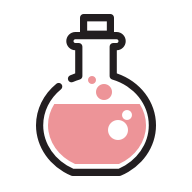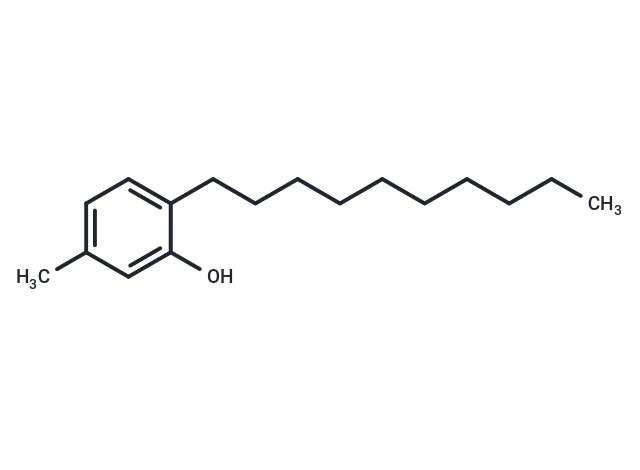Please enter your animal experiment information in the following box and click Calculate to obtain the mother liquor preparation method and in vivo formula preparation method:

For example, your dosage is 10 mg/kg Each animal weighs 20 g, and the dosage volume is 100 μL .

A total of 10 animals were administered, and the formula you used is 5%
 DMSO
DMSO+30%
PEG300+5%
Tween 80+60% ddH2O. So your working solution concentration is 2 mg/mL。
Mother liquor preparation method: 2 mg of drug dissolved in 50 μL
DMSO
(mother liquor concentration of 40 mg/mL), if you need to configure a concentration that exceeds the solubility of the product, please contact us first.
Preparation method for in vivo formula: Take 50 μL
DMSO
main solution, add
300 μLPEG300
mix well and clarify, then add 50 more μL
Tween 80, mix well and clarify, then add
600 more μLddH2O
mix well and clarify
For Reference Only. Please develop an appropriate dissolution method based on your laboratory animals and route of administration.
 Your shopping cart is currently empty
Your shopping cart is currently empty

